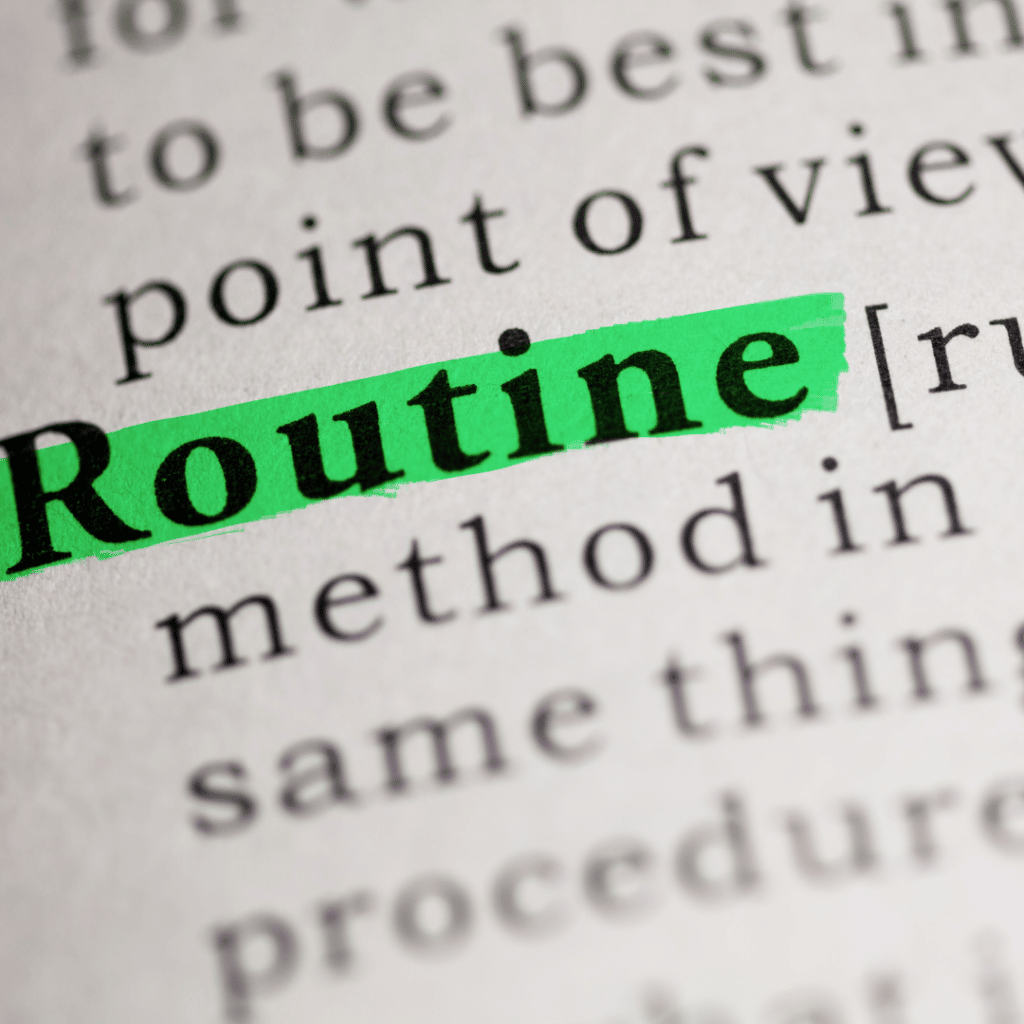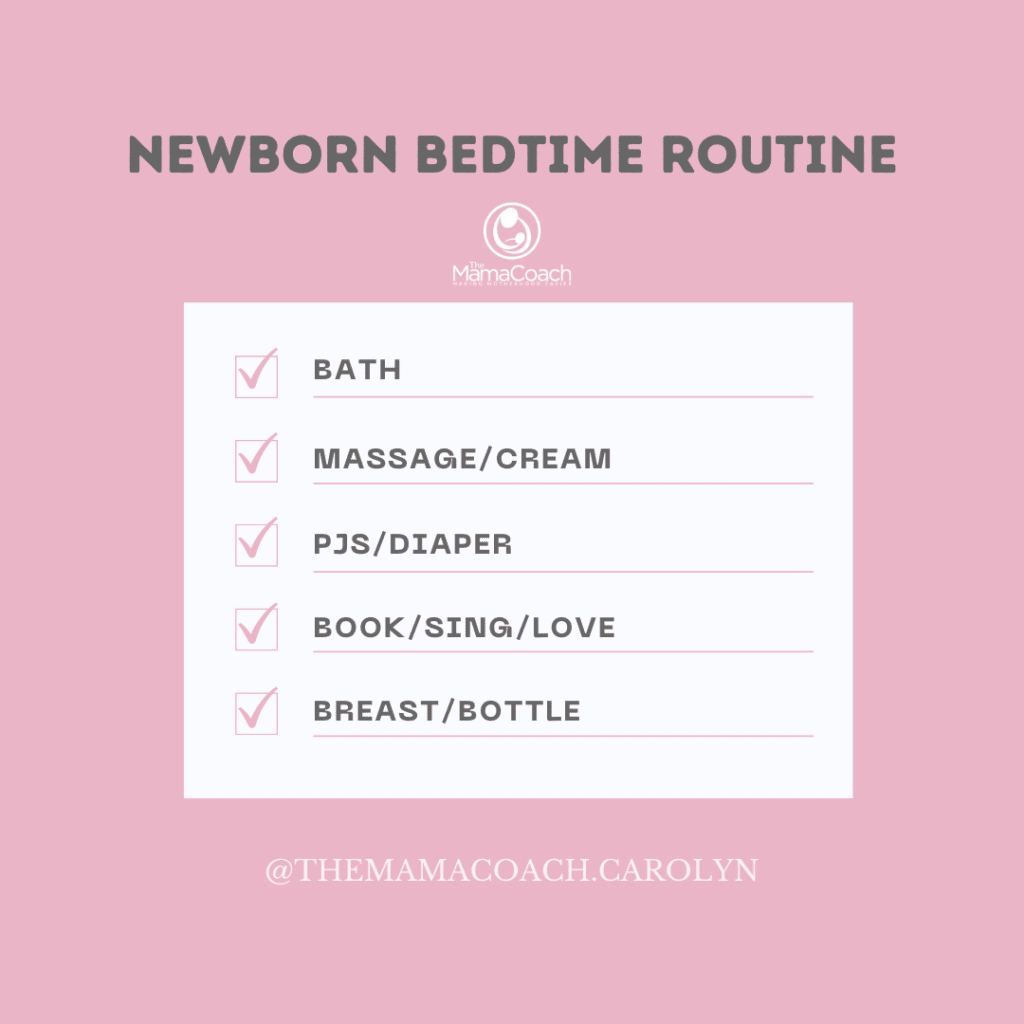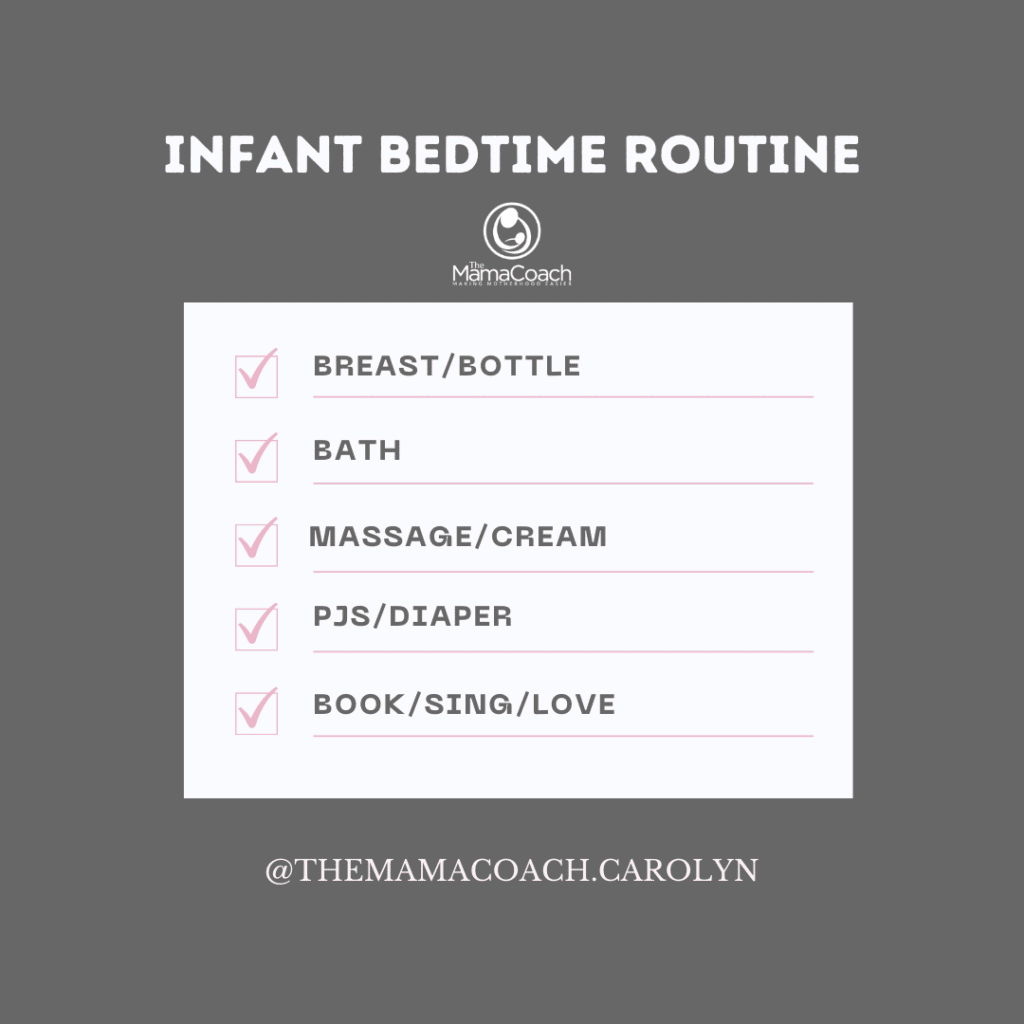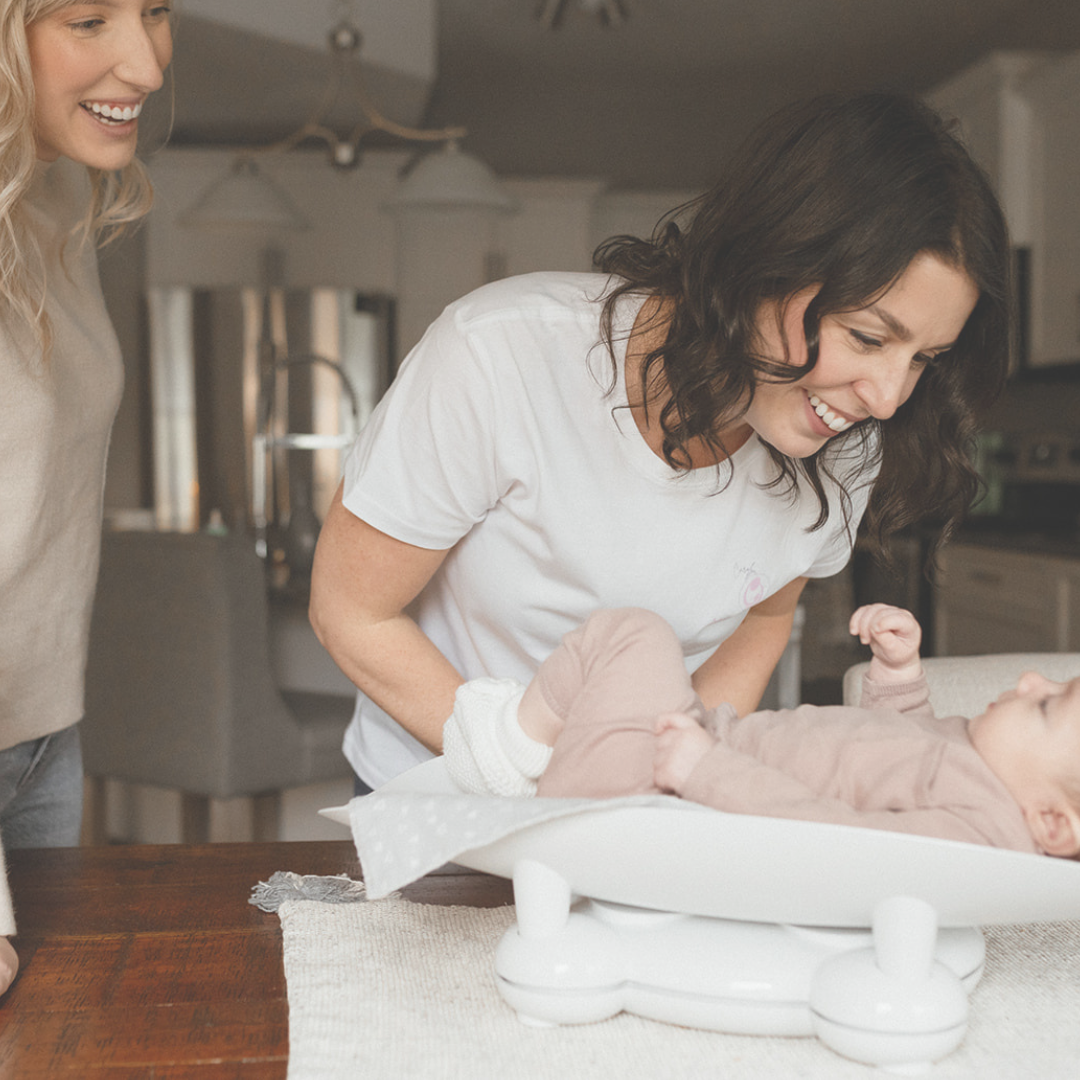Did you know according to the American Academy of Pediatrics about 25% of children under the age of 5 years old do not get enough sleep? What is one of the easiest ways to help your child sleep better? Creating a bedtime routine! This is part of what we call – Sleep Hygiene – and it can benefit anyone looking to improve sleep.
Let’s think about what your child’s day currently looks like. They wake up, they eat, they play, they pee or poop, they nap, and repeat. Depending on how old your child is – they may not have any hormones that drive their body to know when it’s morning or daytime versus nighttime. Creating a bedtime routine offers your child something different in their day to help them tell time, and know when it is time to go to sleep for the night. Creating this type of consistent familiar daily activity increases your child’s sense of what is expected of them.

Children of all ages (newborns – toddlers – school age) THRIVE on routine. They want to know what is coming next, and this is part of their brain development. This will help them build skills as they know what is expected of them and allows them the opportunity to rely on this and try more complex or challenging tasks elsewhere.
Starting a bedtime routine can happen as soon as you bring your newborn home. If you haven’t started one yet, it’s also never too late to start!
So I know the question you’re asking next – What is the Ideal Bedtime Routine?
Let’s break this down in age groups so you can see how this simple activity can promote better sleep for your child throughout their lifetime. Do the same routine, every day around the same time every day to increase the success of implementing your bedtime routine.
Newborns
We define newborns as babies between the ages of 0 days old to 3 months old. Newborns are extra tricky because they do not have a circadian rhythm yet, which is what tells our body when it’s time to go to bed and when it is time to wake up in the morning. Starting a bedtime routine as a newborn can help promote this distinction for your little one and makes bedtime easier.

Infants
Infants are defined as 3-4 months old until 12 months old. 3-4 months is a guide, as all infants do not hit the “4-month sleep regression” at the same time. Once your child works through this milestone of brain development they begin to sleep like you and I and they have a circadian rhythm that drives sleep versus wakefulness.

Toddlers
Many people begin calling their 12+ month old child toddlers, and that is the definition we can go with here. Toddlers can be a bit more tricky as they grow older because their sense of independence grows stronger, and they want to push their boundaries at bedtime. This is very normal behavior, as your child is discovering what the boundaries are by pushing them. The most effective way to continue your sleep hygiene routine at this stage is to stick to your bedtime routine. If you always offer 2 stories before bedtime, don’t offer 10 stories one night or you’ll have a battle on your hands the next night. It’s all about setting boundaries, sticking to them and having realistic expectations for your child.

Sleep training isn’t for everyone, and if you’re looking to implement something that will help your child sleep better – working on routines and sleep hygiene is the perfect solution. You will be helping your child sleep better, which has better health outcomes for their development. If you’re struggling with sleep, check out my sleep coaching programs here, or check out my events page here if you’re looking for a few more tips!



